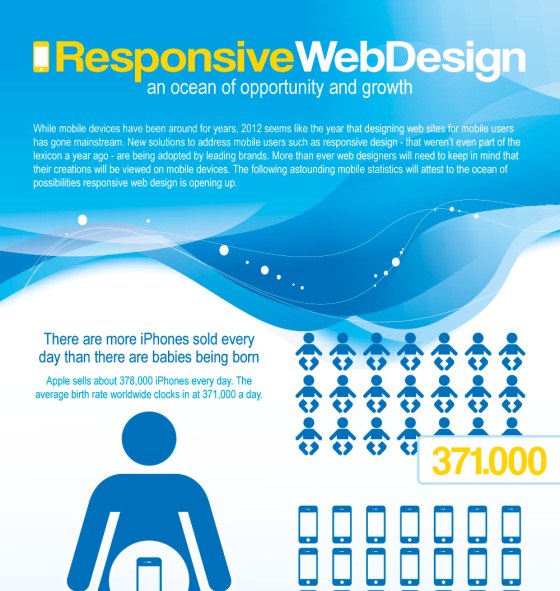Join Us As We Embark On A Trip Through Time, Discovering The Evolution Of Website Style And Exactly How It Has Actually Affected The Digital Landscape
Join Us As We Embark On A Trip Through Time, Discovering The Evolution Of Website Style And Exactly How It Has Actually Affected The Digital Landscape
Blog Article
Content Author-Asmussen Harding
In the past, websites were simple and focused on details. Navigation was direct, and layout was for desktop computers. Now, individual experience is crucial. Information overviews layouts for easy navigation. Receptive layouts match different gadgets. Today, dark setting decreases stress, and minimal menus enhance navigation. Interactive features involve users, and strong visuals stand out. AI assimilation boosts interaction. See just how just click the next web page has evolved to boost your online trip.
Very Early Days of Web Design
In the very early days of web design, simplicity reigned supreme. Websites were fundamental, with restricted shades, typefaces, and designs. The focus was on giving info as opposed to flashy visuals. Users accessed the net via sluggish dial-up links, so rate and capability were crucial.
Navigating menus were straightforward, typically located at the top or side of the web page. Internet sites were made for desktop computers, as mobile surfing had not been yet prevalent. Web content was king, and designers prioritized very easy readability over complex design aspects.
HTML was the main coding language utilized, and designers had to work within its constraints. Computer animations and interactive functions were marginal contrasted to today's standards. Websites were fixed, with little dynamic content or customized user experiences.
Rise of User-Focused Layout
With the development of website layout, a change towards user-focused layout concepts has ended up being progressively noticeable. Today, producing sites that focus on user experience is important for involving site visitors and achieving organization goals. User-focused style entails comprehending the demands, preferences, and habits of your target audience to customize the internet site's design, content, and includes accordingly.
Developers currently perform complete research study, such as customer studies and functionality testing, to collect insights and feedback directly from individuals. This data-driven strategy aids in producing user-friendly navigating, clear calls-to-action, and visually appealing user interfaces that resonate with visitors. By placing the customer at the facility of the layout procedure, sites can deliver a more tailored and pleasurable experience.
Receptive style has actually additionally become an essential facet of user-focused style, making sure that websites are maximized for different tools and screen sizes. This adaptability enhances ease of access and use, accommodating the diverse means customers engage with websites today. Essentially, https://www.techiexpert.com/tips-for-increasing-online-sales-with-ecommerce-digital-marketing/ of user-focused design indicates a shift towards producing electronic experiences that prioritize the demands and expectations of the end user.
Modern Trends in Website Design
Explore the current trends shaping web design today. One noticeable pattern is dark mode style, using a smooth and contemporary look while reducing eye strain in low-light environments. One more key trend is minimalist navigating, simplifying food selections and boosting individual experience by focusing on essential elements. Including micro-interactions, such as computer animated buttons or scrolling impacts, can produce an extra engaging and interactive website. Receptive style stays essential, guaranteeing smooth user experiences throughout various devices. In addition, making use of bold typography and asymmetrical layouts can include aesthetic rate of interest and draw attention to details content.
Incorporating AI innovation, like chatbots for client assistance or personalized suggestions, improves user involvement and streamlines processes. Accessibility has likewise become a significant trend, with designers prioritizing inclusive style methods to accommodate diverse user demands. Embracing sustainability by maximizing site performance for rate and performance is an additional arising trend in web design. Working together with customer comments and data analytics to repeat and enhance style constantly is vital for staying relevant in the ever-evolving digital landscape. By accepting these contemporary fads, you can create a visually appealing, easy to use internet site that resonates with your target market.
Verdict
As you reflect on the evolution of website style from the very early days to now, you can see how user-focused layout has ended up being the driving force behind modern trends.
Welcome the trip of adjustment and adaptation in web design, always maintaining the user experience at the center.
Stay existing with the latest fads and innovations, and never quit evolving your technique to create visually spectacular and user-friendly internet sites.
Progress, adapt, and develop - the future of web design remains in your hands.
